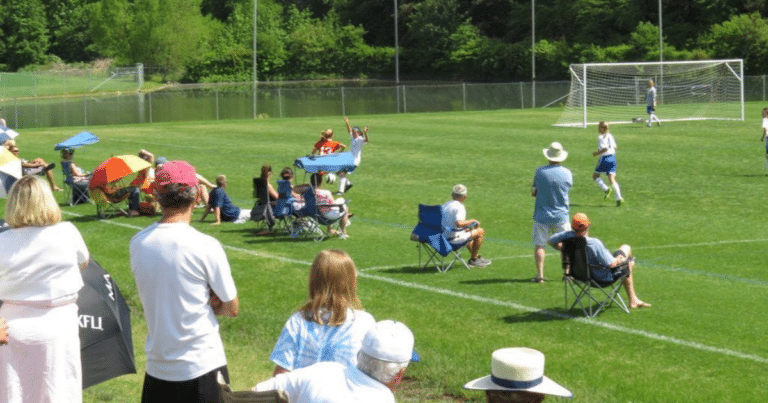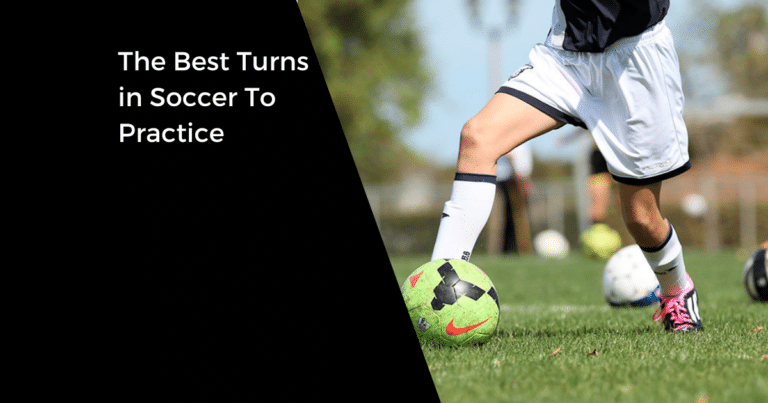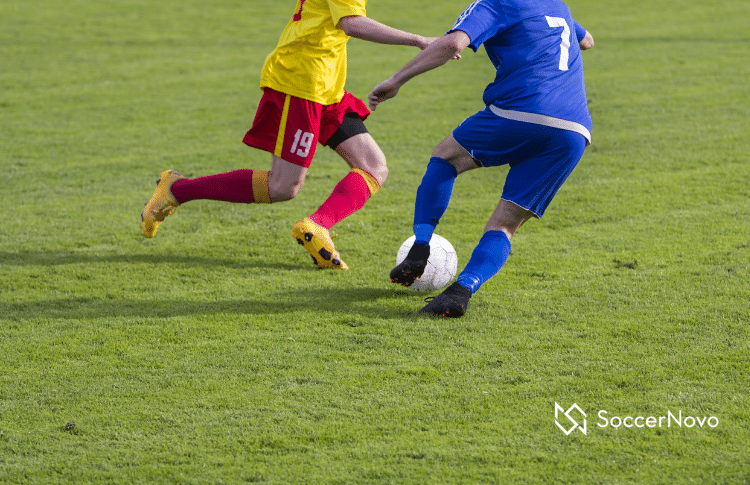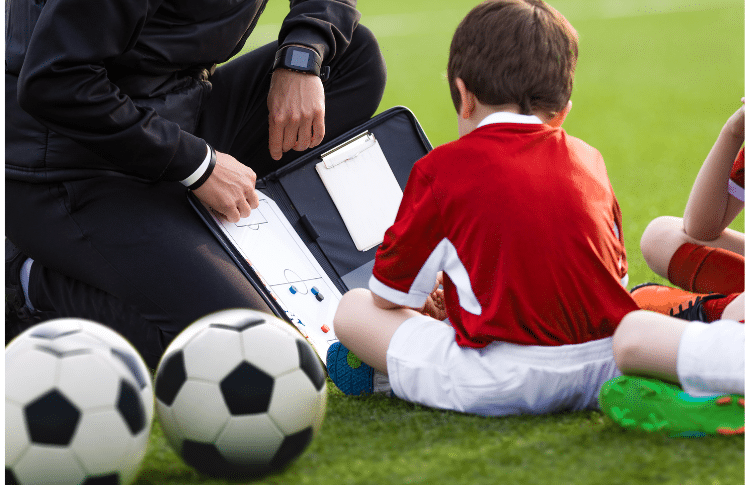What is Pressing in Soccer?
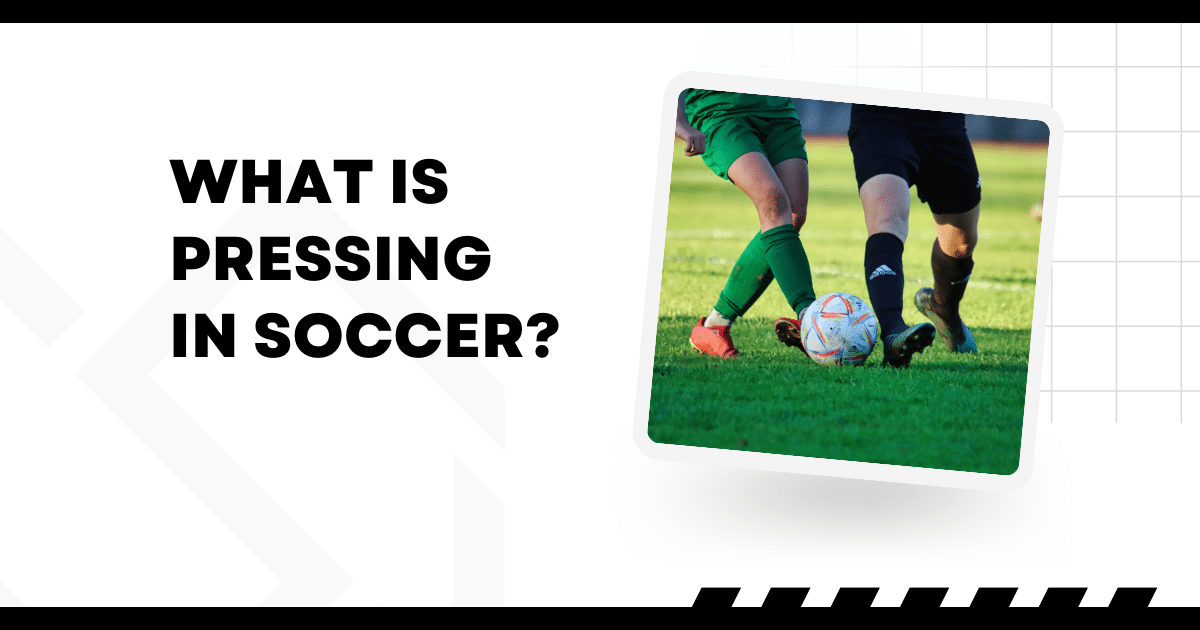
Pressing in soccer is when a team applies pressure to their opponents who have possession. It’s a team strategy that can be used in all areas of the field.
Some of the benefits of pressing include:
- Winning back the ball
- Dictating the speed of play
- Delaying the opposition’s attack
- Forcing pressure on the offensive team to make mistakes
In youth soccer, applying pressure can have a big impact on the game. I’ve seen teams pressure the backfield and score multiple goals just off of that!
How Can My Team Press Effectively?
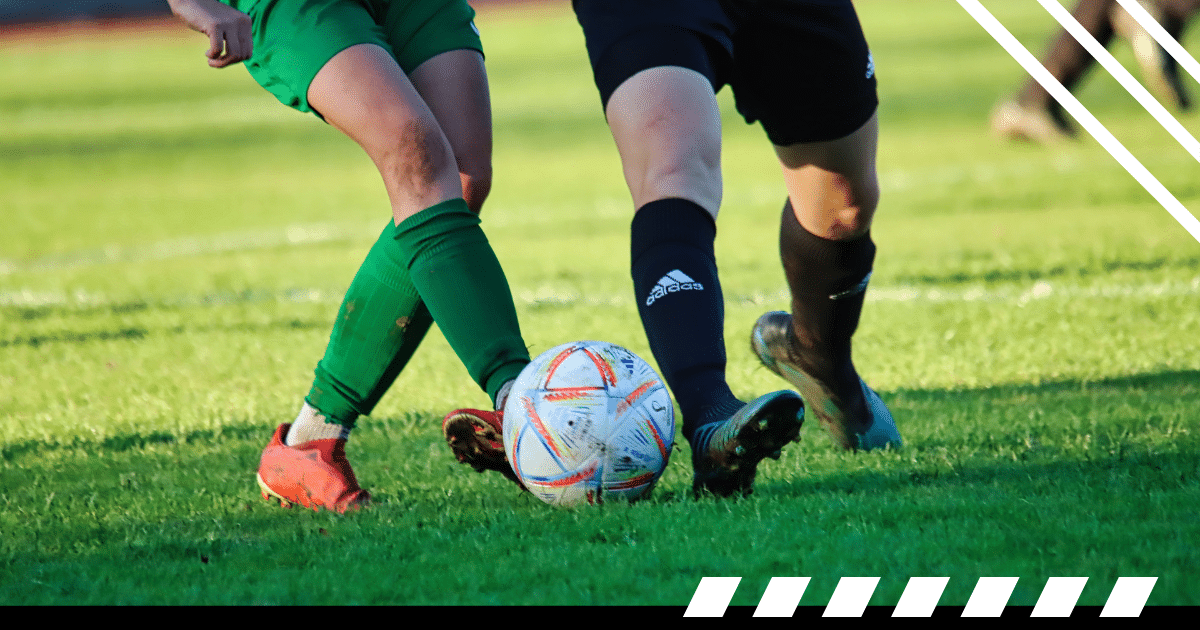
Effective pressing requires a coordinated effort from all players on the field. Here are some key principles to keep in mind:
- Compactness: The team should be compact and organized to limit the space for the opponent to play.
- Intensity: The pressing should be done with high intensity to force errors from the opponent.
- Patience: The team should be patient and avoid overcommitting to a press, as this can create gaps in the defense.
- Communication: Clear communication is essential to ensure that all players are on the same page and can coordinate their pressing efforts.
Roles and Responsibilities
Each player on the field has a specific role and responsibility when it comes to pressing. Here are some key roles and responsibilities:
- Forwards: Forwards are responsible for initiating the press and forcing the opponent to make mistakes.
- Midfielders: Midfielders are responsible for supporting the press and cutting off passing lanes and passes over the forward’s heads.
- Defenders: Defenders are responsible for maintaining the team’s shape and limiting the space for the opponent to play.
When Should You Press?
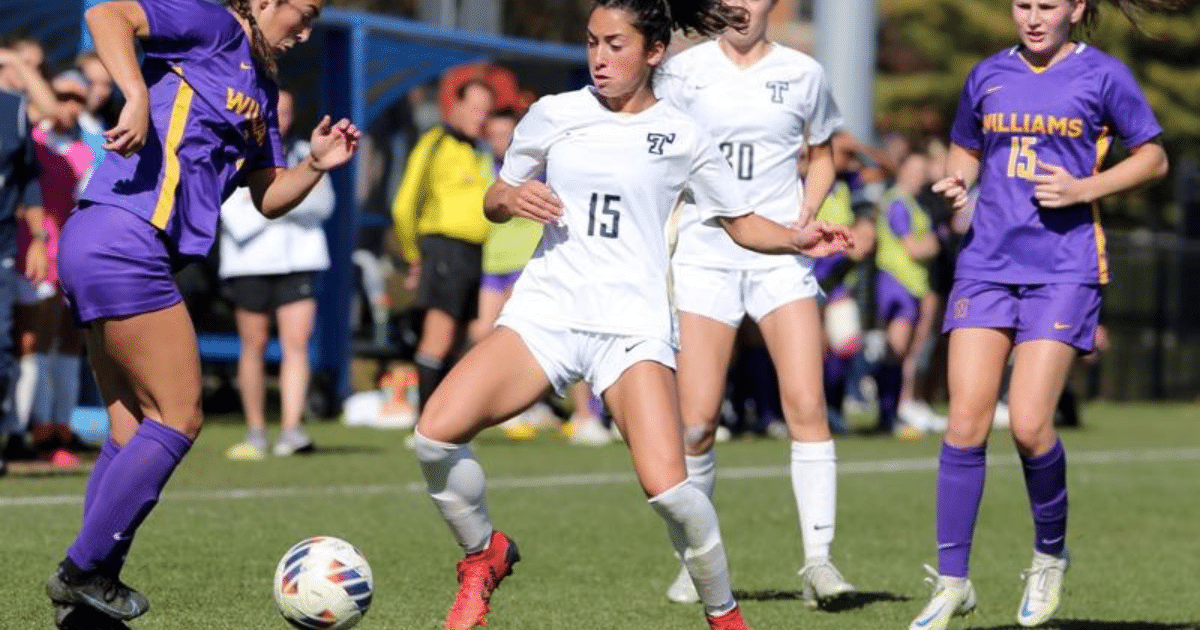
Pressing at the wrong time can leave your team vulnerable to counterattacks. Here are some situations when pressing can be effective in games:
- When the opponent has the ball in their defensive third: Pressing the opponent in their defensive third can force them to make mistakes and give away possession. This can also prevent them from building up their attack and force them to play long balls, which can be easier for your team to defend.
- When the opponent is under pressure: If the opponent is struggling to control the ball or is being closed down quickly by your team, pressing can be effective in forcing them to make mistakes and give away possession.
- When the opponent is playing a slow build-up: If the opponent is playing a slow build-up, pressing can disrupt their rhythm and prevent them from creating scoring opportunities. This can also force them to play long balls, which can be easier for your team to defend.
- Goalie with mediocre foot skills: If your opponent’s goalkeeper isn’t that great with their touch or lacks discipline with their passing, this is a great time to apply pressure on the ball. Force them to make mistakes and you’ll get more opportunities to score.
How Pressing Can Change the Game
Positional Pressing Strategies
Positional pressing involves applying pressure on the opposition players in specific areas of the field.
This can be done by assigning specific players to mark certain opponents or by establishing zones that players need to cover.
By doing so, you can limit the opposition’s passing options and force them to make mistakes.
One popular and effective strategy is to press the opposition when they are in their defensive third. This can be done by pushing your forwards and midfielders up the field to pressure the opposition’s defenders and midfielders.
In the case above, if you can force a team in the middle of the field, your defense can close up various passing lanes.
Everyone Needs To Be On the Same Page
Players need to be aware of their roles and responsibilities, and communicate effectively with each other to ensure that the press is executed effectively.
One way to improve team coordination is by practicing pressing drills during training sessions. This can help players understand their roles and responsibilities and improve their communication skills.
As a coach, it’s also important to establish clear communication channels during games. Coaches should let their team know before the game that they might press and be on the lookout when.
Pressing in Different Areas of the Field
Pressing can be effective in different areas of the field, but it requires different strategies depending on the location.
For example, pressing in your own defensive third requires a more cautious approach, as you don’t want to leave gaps that the opposition can exploit.
On the other hand, pressing in the opposition’s defensive third requires a more aggressive approach, as you want to force mistakes and create scoring opportunities.
It’s important to adjust your pressing strategy based on the opposition’s playing style and the scoreline.
If you’re winning, you may want to press less aggressively to avoid conceding goals.
If you’re trailing, you may want to press more aggressively to try and win back possession and create scoring opportunities.
What Are Some Good Training Drills for Pressing?
Practice and patience are everything when learning how to press. Here are some training drills that can help improve your pressing skills.
Individual Pressing Drills
Individual pressing drills are designed to help players improve their pressing skills on their own. Some examples of individual pressing drills include:
- Shadow pressing: This involves practicing pressing by following the movements of a teammate or coach without actually making contact. This drill helps improve your positioning and timing.
- Cone drills: Set up cones in a line and practice pressing them as quickly as possible. This drill helps improve your speed and agility.
Small Group Pressing Exercises
Small group pressing exercises involve practicing pressing with a few teammates. Some examples of small group pressing exercises include:
- 2v1 pressing: This involves two players pressing one player with the ball. This drill helps improve your communication and decision-making skills.
- 3v2 pressing: This involves three players pressing two players with the ball. This drill helps improve your coordination and teamwork.
Full Team Pressing Scenarios
Full team pressing scenarios involve practicing pressing with the entire team. Doing this in a scrimmage situation is best. Some examples of full team pressing scenarios include:
- Pressing from the front: This involves pressing the opposing team’s defenders and midfielders to prevent them from advancing the ball. This drill helps improve your team’s defensive shape and pressing coordination.
- Pressing from the back: This involves pressing the opposing team’s attackers and midfielders to prevent them from creating scoring opportunities. This drill helps improve your team’s defensive transition and pressing intensity.
Final Thoughts on Pressing
As a player, you’ll find that your coach will want you to press in certain circumstances. You might also hear parents yell, “Pressure the ball!” Always listen to your coach first.
By applying pressure to the ball, you’ll find opportunistic chances to counter. Try to take full advantage of your opponent’s mistakes.
As a coach, understanding your players, practicing different scenarios, and adjusting accordingly will help you make in-game decisions to press or not.
Apply pressure when you are losing.
Apply pressure where there are vulnerabilities.
Apply pressure when you have the right players in place.

Written By: SoccerNovo
SoccerNovo is an independent youth soccer media brand built to help parents, players, and coaches better understand the game and the pathways available in U.S. soccer. Our mission is to make youth soccer simpler, clearer, and more accessible for everyone involved in it.
Let’s connect


